Emmanuel Kigundu
Emmanuel Kigundu
- MAP Role: Rwanda Project Team
- Institution: Uyisenga ni Imanzi (UNM)
- Position: Youth Researcher
- Location: Rwanda
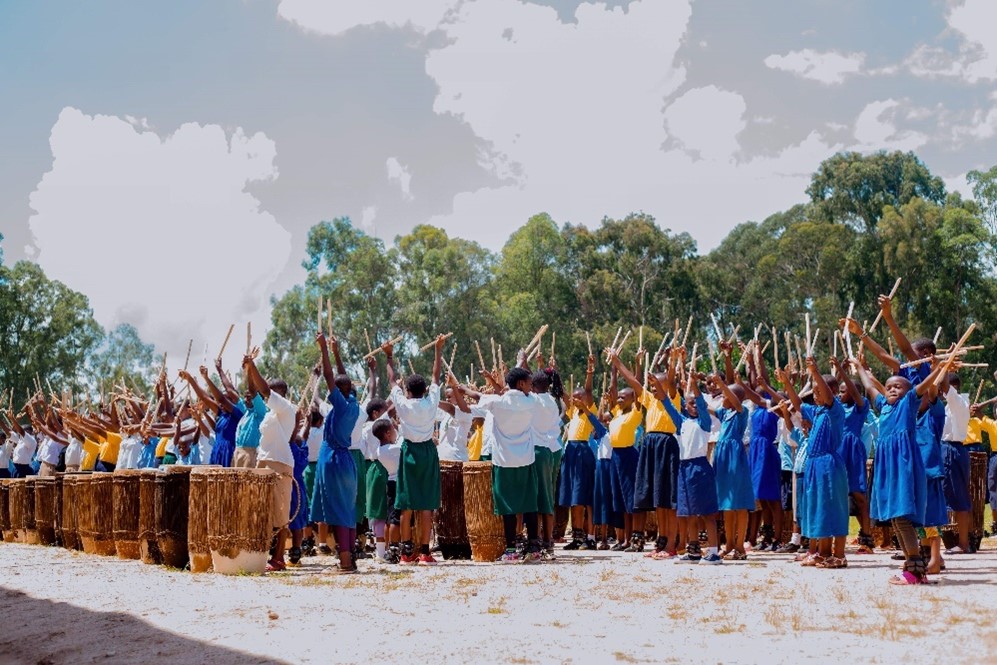
Gira Ingoma – One Drum Per Girl is now offering artistic workshops for girls on Saturdays and Sundays, in ten primary and secondary schools in Huye and Gisagara Districts in Rwanda.
On 6th May 2023, Ingoma Nshya Festival was launched at Huye Campus Stadium where 250 girls performed for parents, school leaders and representatives from Huye district. They discussed how to achieve gender equality in culture through education.
For more information see: http://www.womanculturalcentre.com
MARLON LEE MONCRIEFFE, Principal Investigator.
There is a synergy in the mission of both Janaki Women Awareness Society (Nepal) and Uyisenga Ni Imanzi (Rwanda) in that they exist as Civil Society Organisations (CSOs) for empowering the health, wellbeing and lives of women. Both organisations will work together on a unique international project that will apply the MAP philosophy of arts-based communication structures facilitated between young people and policy makers, with a view to contributing to social, citizenship and education policy discourses.
The intellectual foundation that gives the theoretical framework to our study is exploring, examining, discussing and reflecting on how gender based cultural proverbs have been passed across from generation to generation in both countries, and generally in their articulating a negative portrayal of women’s representation in society at all stages of their lives (Bishwakarma, 2020; Niyonshima, 2020). For example, in examination of Rwanda, Niyonshima (2020, p.12) provides lists of proverbs where women are considered as inferior, worthless and weak people in society:
The presentation of these proverbs from Nepal and Rwanda should not be generalised to the life experiences of all women of Nepal and Rwanda over the ages. Indeed, the resilience, self-empowerment and rise of Rwandan women to positions of power in society is documented by Hunt (2017) particularly after the genocide of 1994. Whilst for Nepal, an example of women becoming leaders in society breaking from social constraints to their gender is documented by Adhikari (2023). What this project seeks to consider and develop learning from are the more relative intergenerational experiences of women whose lives may have been framed for living according to gender discriminatory cultural proverbs. What is clear is that cultural proverbs of both societies articulate that girls/women do not matter a lot in comparison to boys/men. An internalization of this can lead to the playing out of stereotypes that can impede emancipation. Girls and Women in Nepal and Rwanda may not partake in a journey to development with those discrepancies.
Picturing the past, present, and future in the imaginations, dreams and journeys taken by young women in Nepal and Rwanda seeks to disrupt the power of culturally embedded proverbs which perpetuate gender inequality. The purpose of our project seeks to actualise and exemplify women related to each other and of different generations. Firtsly, by their coming together and partaking in walking and bicycle journeys for finding safe spaces. In these, they can share with each other their experiences and reflections in affirming conceptualisations of their future narratives. The key objective of our project is: To support women in communicating the social challenges they have faced and their aspirations for the future.
Further emancipation by the translation of the narratives given through women’s imaginations and aspirations will come through Imigogo (framed) art and photography (Rwanda) and Mithila art (Nepal).
Mithila art is a cultural form of art which depicts the ancient culture of Mithila kingdom (Central Southern region of Nepal and parts of India). This is an art form unique to women in their communication generation after generation.
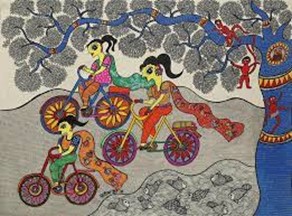
Source ‘Smart History’: Young women cycling
There is a legend that Imigogo was invented as an interior decoration by Prince Kakira of Gisaka Kingdom in Nyarubuye in the 1800s. However, Imigogo art, is a traditionally female art form used by women in Rwanda.
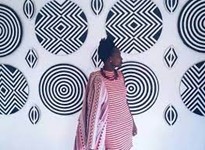

Source ‘My Africals’
Figure 1 (below) provides a model of the thought processes given to our project and the stages of development from theoretical foundations to journeys for reflections, to translations of imaginations through arts-based methods, and to public and community engagement with the project’s outcomes.
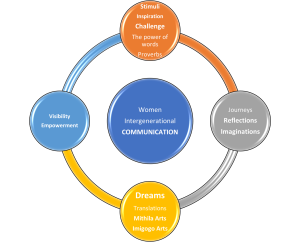
Our project will deliver public and community engagement events in Kigali, Rwanda and in Janakpur, Nepal. These events will be pre and post fieldwork discussions (seminar and exhibitions) which will enable the sharing of our objectives and our outcomes. Local, regional and national policymakers we be invited to these events for sharing their contributions to the discussion of gender inequality in society, and in collaborating for impact on the reconceptualization of current and future social and educational policies.

Chaste UWIHOREYE is a PhD holder in Psychotherapy, and 16-years of experience working with children and young people. Have experience with psychological and health care of vulnerable people affected with violence and HIV/AIDS, as well as working with street children and I have tremendous skills with professionals, in program development, planning, management and evaluation; proposal development, training, team building, organization representation at High Lever as Country Director. Result-oriented and able to deliver on assigned tasks within the time frame. 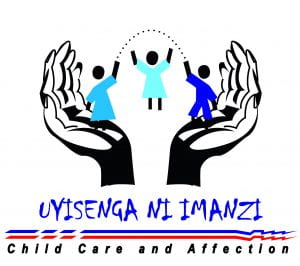
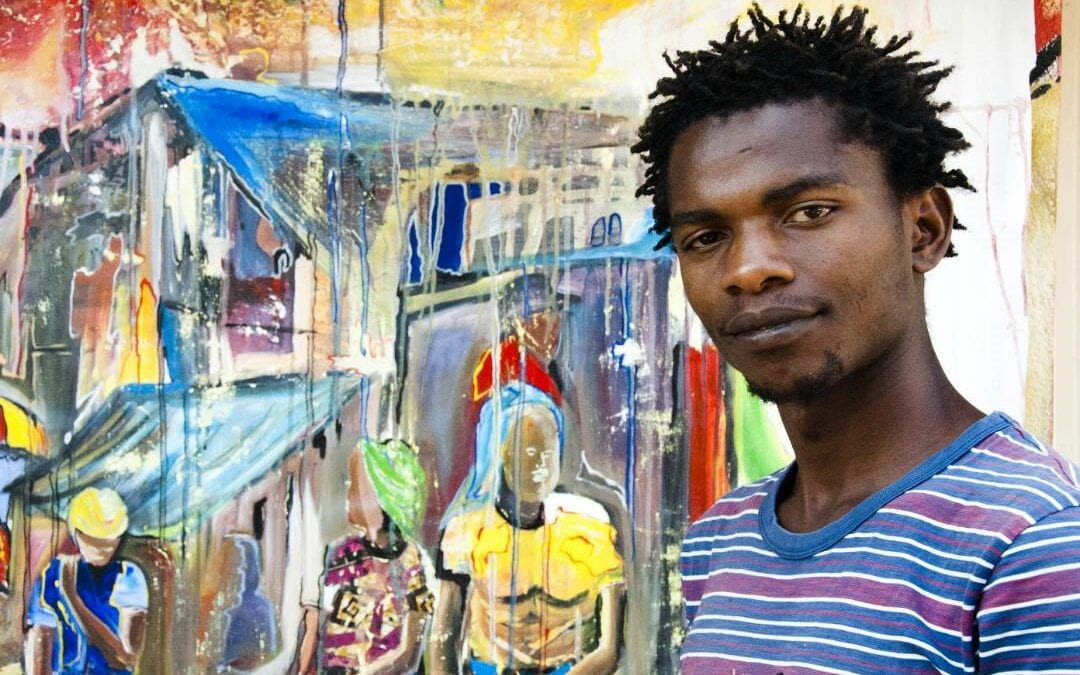
Jean Baptiste Rukundo was born in Kicukiro, Kigali, in 1990 as the seventh out of eight children. For as long as he can remember, he has had an intuition that has been present from childhood that made him believe he was talented even before becoming an artist. After graduating from high school in 2011, the journey towards becoming an artist started.
Rukundo joined ivuka art centre in 2011 and proceeded to paint since he already knew how to draw in high school from which he also learnt wood carving and ceramics. Painting to him was a way of experimenting with new medium and since an environment also dictates an artist’s medium he had to adopt to the traditional art representation.
Rukundos soon developed an expressionistic style of painting and it is this style of painting that has been evolving through his artistic walk. His strokes seem to suggest a lot from desire to torment to fun but all in all he delivers his message in a simple but expressive way. In his paintings He explores colour as an attaraction rather than attaching a meaning and this makes his message delivery be the primary reason of expression.
He draws his inspiration from his immediate surrounding environment, not only of the Rwandese diverse nature, but also of “impressive” situations in people’s daily life. He has done many two major solos “Mkorogo” in Kigali that touched on the human condition to change his appearance using bleaching gels and chemicals and “Mobility of Expression” exhibited at the Godown Art Centre that talked on human as vulnerable creatures of habit.
At the moment, Rukundo has adopted new mediums like ink, collage and charcoal to better understand the process of painting and how to combine them for a powerful visual storytelling.
Artist’s Statement
In this time and age there seems to be immense hope in religious organizations but little hope in humanity. The sheep (the people) are led by the sheperd (the saviour) but the sheperd preys on the sheep and what follows is a question of morality towards the sheperd.
I explore these saviour figures using a religious connotation because it is they that carry the most sheep to their slaughter. The works are a depiction of my thoughts on how the human person is searching for hope but end up in the hands of wolfs.
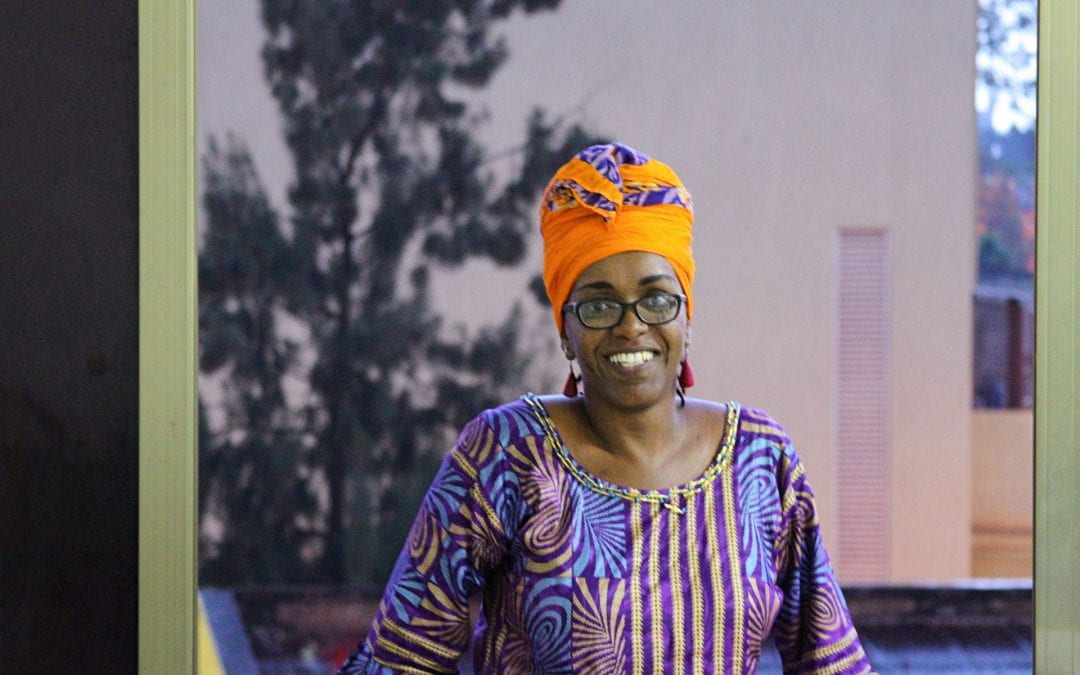
A self-described professional dreamer and a woman of many firsts, Katese is a Rwandan playwright, director and cultural entrepreneur. Among her many accomplishments in Rwanda are the first women’s drumming company (Ingoma Nshya, Women’s Initiatives), the first professional contemporary dance company (Amizero Dance Kompagnie), the first international festival (Festival Arts Azimuts), the first national festival in Rwanda (Rwanda Drum Festival), the first co-op ice cream store (Inzozi Nziza – Sweet Dreams) and the first recipient of the League of Professional Theatre Woman’s Rosamond Gilder/Martha Coigney International Award. Currently, she is the director of the Woman Cultural Centre (WCC). Since 2009, Odile is working on “The Book of Life”, an alternative memory of the Rwandan genocide that offers hope and an inspiring example of how to turn darkness into light.
She has recently launched “I Have A Drum”, a long-term program that aims to break the precarious conditions in which the female drummers work in and to build a permanent ecosystem conducive to the rise of a successful drumming industry Made of Rwanda.
Recent Comments